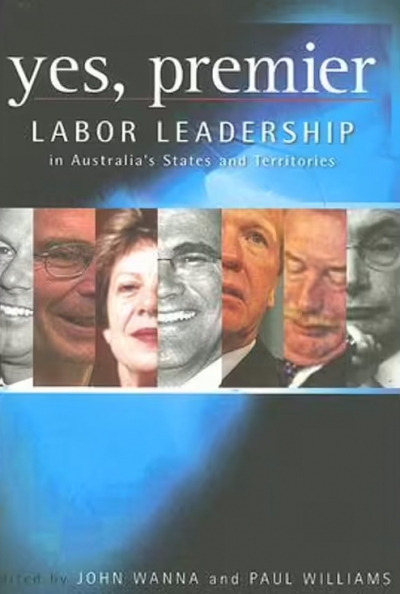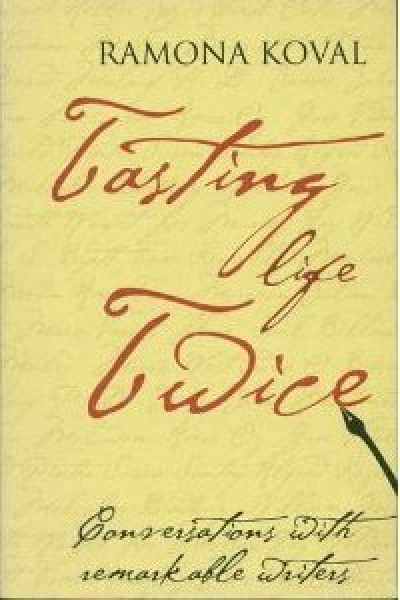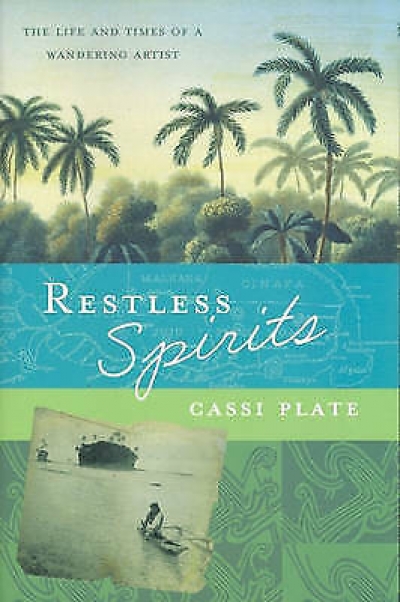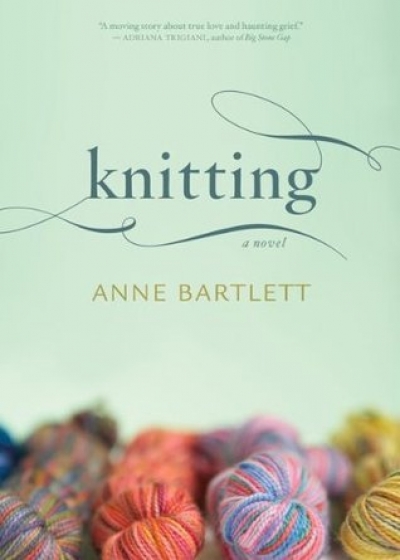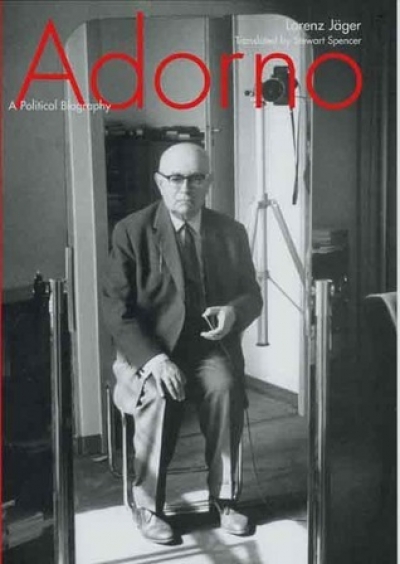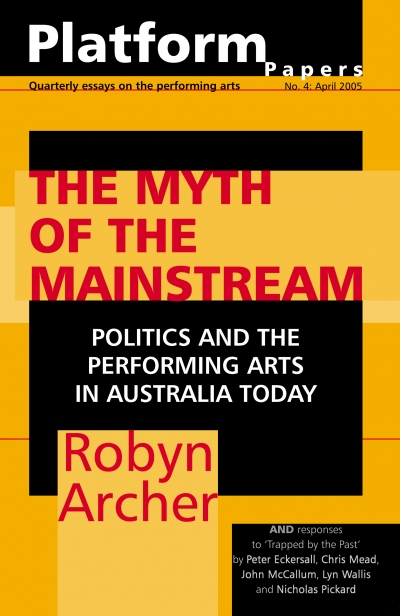Review
Yes, Premier: Labor leadership in Australia's states and territories edited by John Wanna and Paul Williams
by Frank Bongiorno •
Tasting Life Twice: Conversations with remarkable writers by Ramona Koval
by Georgina Arnott •
Batman in the Bulletin: The Melbourne I remember by Keith Dunstan
by John Rickard •
Adorno by Lorenz Jaeger (translated by Stewart Spencer) & The Cambridge Companion to Critical Theory edited by Fred Rush
by John Frow •
Platform Papers No. 4: by Robyn Archer & The Woman I Am by Helen Reddy
by Kerryn Goldsworthy •

